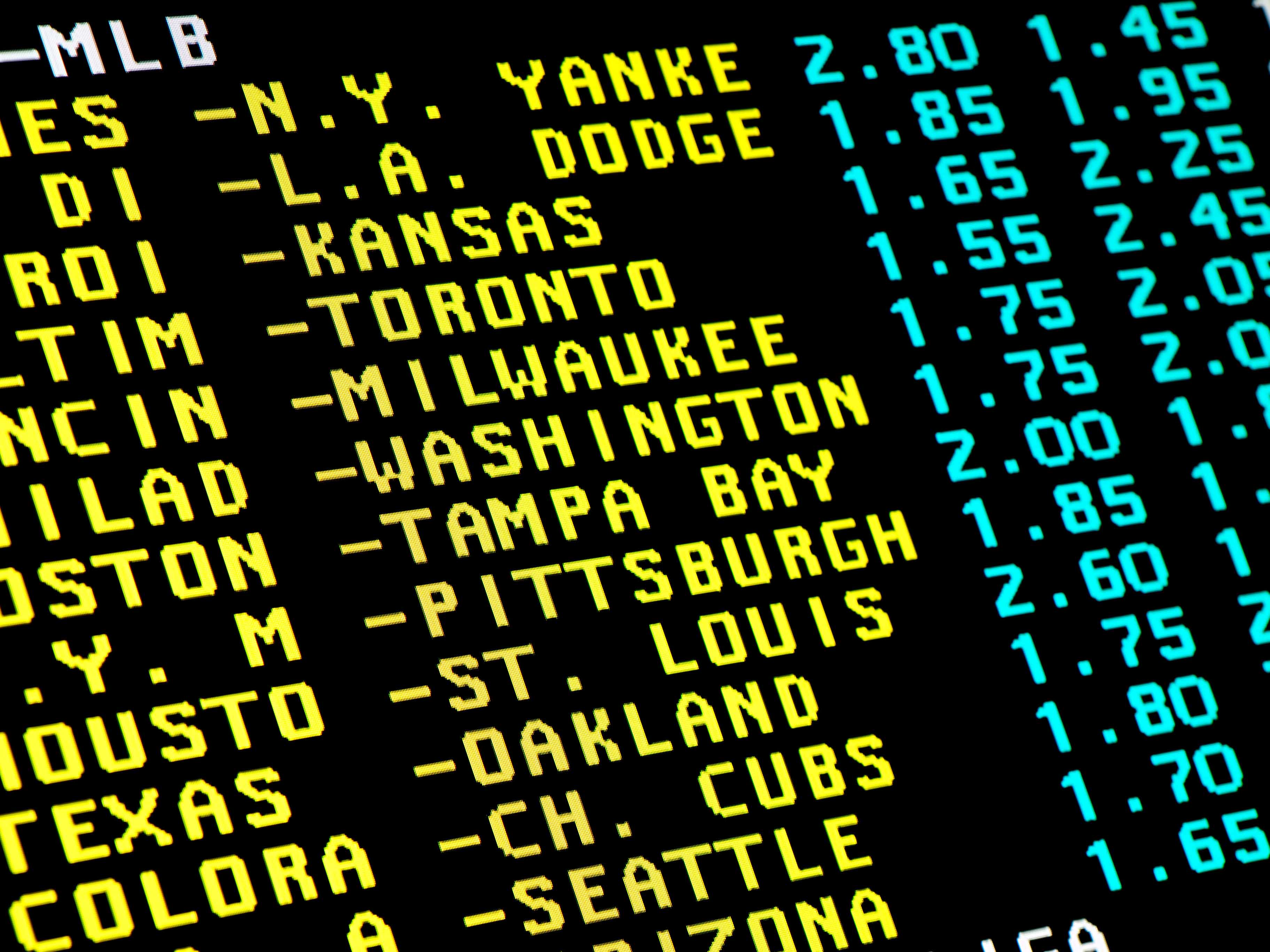Kalshi and sports betting are two different forms of gambling, but they share many similarities. Both involve placing bets on the outcome of an event, and both require a certain level of skill and strategy to be successful. However, there are also some critical differences between the two, including the types of events that can be bet on, the way that odds are calculated, and the factors that can influence the outcome of the bet.
In this blog post, we'll explore the similarities and differences between Kalshi and sports betting and some strategies that can be used to succeed in both domains.
Similarities Between Kalshi and Sports Betting
- Both involve placing bets on the outcome of an event: The most apparent similarity between Kalshi and sports betting is that both include placing bets on the outcome of an event. In sports betting, this might be the outcome of a football game, while in Kalshi, it might be the outcome of a political election or a stock market index.
- Both require a certain level of skill and strategy: Successful sports bettors and Kalshi traders require a certain level of skill and plan to succeed. This might include researching the event or market, analyzing trends and patterns, and understanding the factors that can influence the outcome.
- Both involve the use of odds: Kalshi and sports betting use odds to represent the probability of a particular outcome occurring. In sports betting, this might be expressed as a point spread or a moneyline, while in Kalshi, it might be expressed as a percentage.
Differences Between Kalshi and Sports Betting
- Types of events that can be bet on: One of the main differences between Kalshi and sports betting is the types of events that can be bet on. Sports betting is typically focused on sporting events, while Kalshi allows users to bet on various events, including political events, stock market indices, and more.
- How odds are calculated: While Kalshi and sports betting use odds to represent the probability of an event occurring, how these odds are calculated can differ. In sports betting, bookmakers typically set odds based on a range of factors, including team performance, injuries, and historical trends. In Kalshi, odds are selected based on the collective wisdom of the market participants, with the odds shifting in real-time based on traders' buying and selling activity.
- Factors that can influence the outcome: The factors that can influence the outcome of a sports event are typically more limited than those that can influence the outcome of a political election or stock market index. In sports betting, the outcome is generally influenced by team performance, injuries, and weather conditions. In Kalshi, various factors can influence the outcome, including economic trends, political events, and global news.
Strategies for Success in Kalshi and Sports Betting
- Understand the odds: One of the most important strategies for success in both Kalshi and sports betting is understanding the odds. In sports betting, this means understanding how the odds are set by bookmakers and identifying situations where the odds may be mispriced. In Kalshi, this means understanding how the market participants set the odds and identifying cases where the odds may be mispriced due to the crowd's collective wisdom.
- Research the event or market: Another important strategy for success in Kalshi and sports betting is to research the event or market you are betting on. This might involve analyzing historical trends, looking at current news and events, and understanding the factors that can influence the outcome.
- Look for market inefficiencies: Market inefficiencies can occur in both Kalshi and sports betting, and identifying these inefficiencies can be a key to success. In sports betting, market inefficiencies may occur when bookmakers set odds based on outdated or inaccurate information. In Kalshi, market inefficiencies may occur when traders misprice the probability of an outcome due to a lack of information or a bias.
- Practice proper bankroll management: Proper bankroll management is important for long-term success in Kalshi and sports betting. This means setting a maximum amount of money to be wagered on a single bet and a maximum amount in a day, week, or month. It also means avoiding chasing losses and sticking to a strategy even during losing streaks.
- Use staking plans: Staking plans can be used in both Kalshi and sports betting to help manage risk and maximize profits. The Kelly Criterion, for example, is a staking plan that can be used to determine the optimal size of a bet based on the probability of winning and the bankroll size.
- Keep detailed records: Detailed records of bets are vital for analyzing performance over time and adjusting the strategy as needed. This is true for both Kalshi and sports betting and can help traders and bettors identify strengths and weaknesses in their approach.
Conclusion
While Kalshi and sports betting are different forms of gambling, they share many similarities. Both involve placing bets on an event's outcome, requiring a certain level of skill and strategy, and using odds to represent the probability of an event occurring.
However, there are also some critical differences between the two, including the types of events that can be bet on, the way that odds are calculated, and the factors that can influence the outcome of the bet.
To be successful in both Kalshi and sports betting, it's important to understand the odds, research the event or market, look for market inefficiencies, practice proper bankroll management, use staking plans, and keep detailed records of bets.
By applying these strategies, bettors and traders can increase their chances of making profitable bets and trades in both Kalshi and sports betting while managing risk and minimizing losses. It's important to approach both forms of gambling with caution and never risk more than you can afford to lose.






